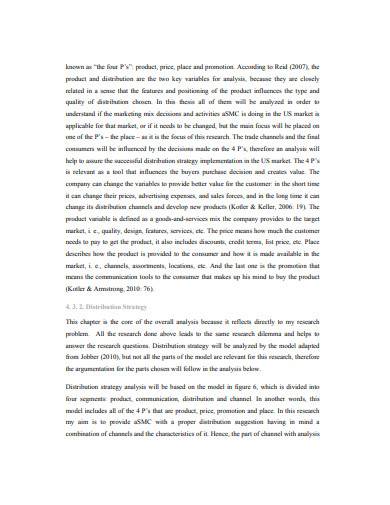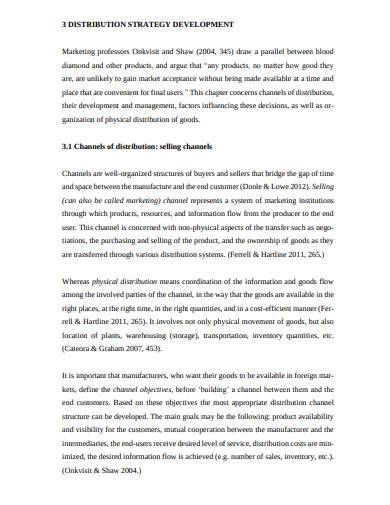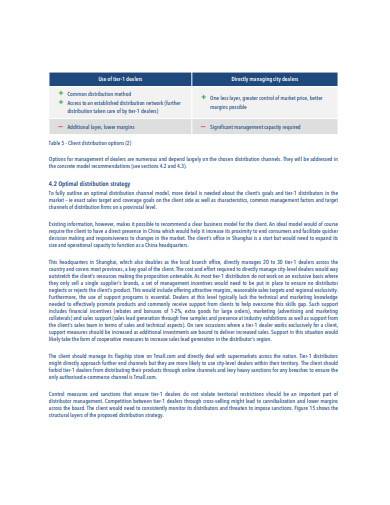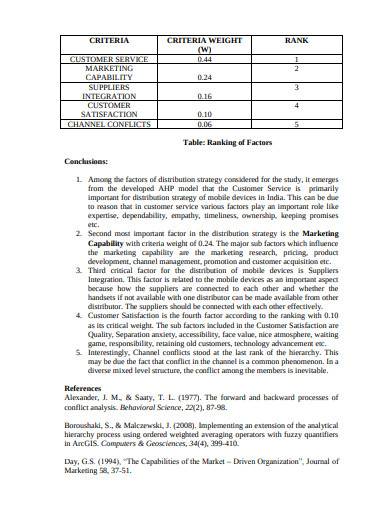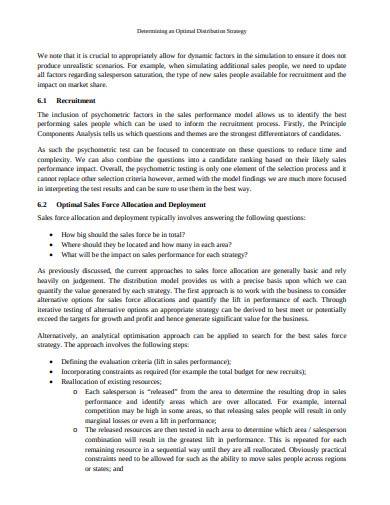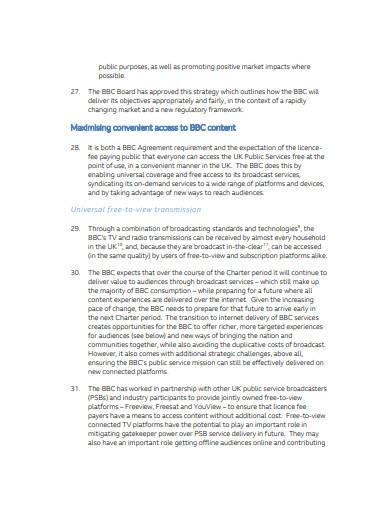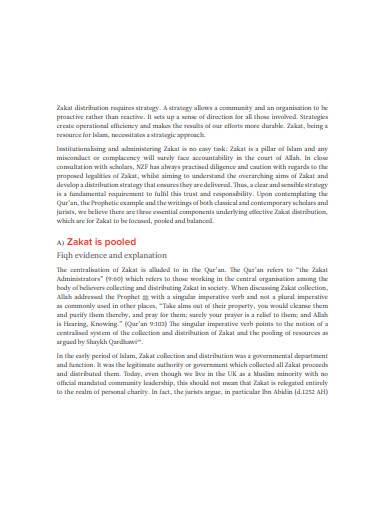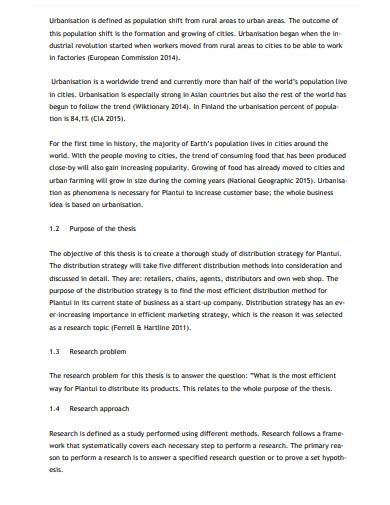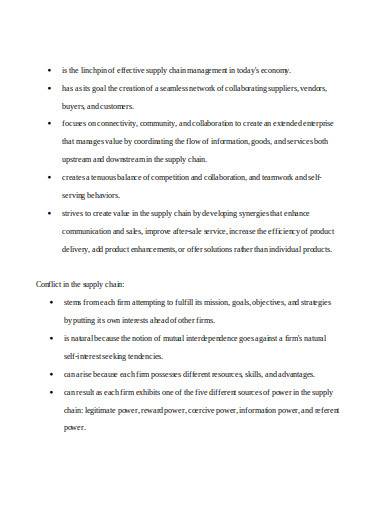There is no easy way to complete a task. Every success story starts with having a plan on achieving something. It’s silly to expect you would gain something just by sitting around. Destiny is a great concept to believe in and all, but it would be stupid to think it would do all the work. It would be best if you devised a plan that works well with you. In the corporate world, companies come up with elaborate business plans to achieve their goals. But with planning also comes strategizing. If you want your business to grow, you need to develop an effective distribution strategy.
Business owners dream of having a company known all over the world. They would go to great lengths just to get the attention of the global market. An excellent way to do that is by having a competitive distribution strategy. Distribution is about getting your products sold in different markets. By saying this, a distribution strategy is a plan that companies use to ensure that their products reach their target market. Distribution strategies involve packaging, delivery, and marketing plans of your products to the market. Its primary goal is to help in expanding the company’s reach and boosting its reputation. If you develop a distribution that works well with you, you can be sure to gain a competitive advantage.
Types of Distribution
Companies use distribution as a way to expand their business and gain international attention. Whether they offer services or products, distribution is what gives the organization the ability to reach audiences from far and wide. To accomplish any expansion goals and project plans, the company must formulate a comprehensive distribution strategy. The distribution, in itself, comes in many different types.
Indirect Distribution
Your products won’t always get to the customers directly; they might have to go through distribution channels. Before reaching its final destination, products have to go through certain stops after the manufacturer releases it. With indirect distribution, a company utilizes the use of distributors like retailers to get their products to their target market.
Direct Distribution
There are times when products don’t need to take a very long journey to reach the company’s clients. When your merchandise can be in the customer’s hands in a snap, you are executing direct distribution. This happens when the product doesn’t have to go through many destinations before reaching the customer. Manufacturing companies with their own retail store take advantage of this kind of distribution.
Intensive Distribution
In battle, an ambush is a considerably effective action plan. In business, the same condition is applicable. A lot of companies like to go full force when distributing their products. Intensive distribution is when a company applies mass marketing to a given locale to cover a large amount of ground in selling products.
Selective Distribution
Distribution can also depend on a company’s reputation. When they have established themselves and the products they offer, the supply chain would not be as lengthy. Some companies would only have four to five outlets per city. When their clients desire their products, companies just wait for the customers to come to them.
Exclusive Distribution
If some established companies are selective, those that have such grand reputations practice exclusivity. Brands that offer products of high value only operate in select areas. This applies significantly to luxury and high-end brands. Companies like this would only have a single outlet in a region comprised of several cities. These brands probably rely on word of mouth marketing.
10+ Distribution Strategy Samples in PDF | DOC
Having a globally renowned product or service is something many companies try to achieve. Not everyone can do it, but those who have tried it probably came up with distribution strategies that are perfect for them. To give you more insight into what distribution strategies are, here are 10+ distribution strategy samples you can check out.
1. International Distribution Strategy Sample
2. Distribution Strategy Sample
3. Distribution Strategy Template
4. Distribution Strategy in PDF
5. Distribution Strategy Example
6. Basic Distribution Strategy Sample
7. Promotion and Distribution Strategy Template
8. General Distribution Strategy Sample
9. New Distribution Strategy Template
10. Formal Distribution Strategy Sample
11. Distribution Strategy in DOC
Developing a Distribution Strategy
To gain international recognition, you need to be able to distribute your products to different parts of the world. That’s why it is essential to have an elaborate distribution plan. But just like how no product or service is made equal, there should also be a uniqueness to each distribution strategy. You need to develop a distribution strategy that’s fit for your company. For your distribution strategy, here are some steps you need to follow.
1. Evaluate Your Clients
Before you can start selling your products, you first need to understand your target market. The wants and needs of your customers differ with each area they live in. You need to be able to give them what they want and what they need. Perhaps you can even conduct some kind of market research to get inside their minds. Evaluating your clients will give you an idea of how you can market and distribute your products to them.
2. Find Marketing Intermediaries
When you think you’ve got your clients all figured out, the next thing you need to do is find out what services you might need to reach your clients. If you plan on sticking to direct distribution, you can utilize your outlets like retails stores, etc. If you wish to go with indirect distribution, you need to find methods and services that you think will compliment your company’s style.
3. Research Marketing Intermediaries
Once you’ve chosen the services and methods you think will your with you, you then have to research companies that offer these services. Marketing intermediaries and distribution channels help you reach your audience. Not all businesses can be your distribution channel, so you need to look for the ones with offers and additional services useful to you. If you must, you can conduct a background check on potential marketing intermediaries. In the business world, unwise choices can lead to underestimated trouble.
4. Select Profitable Distribution Channels
Now it’s time for you to make the final decision. Which one among your potential partners is the one? Before you sign any business agreements, you need to make sure that you can create a good business relationship with said company. Make sure you can profit from partnering up with the distribution channel. If that channel proves to be incompetent, you need to terminate the contract.
5. Manage Distribution
To make sure that your distribution channels are working flawlessly, you need to track the progress of your distribution. You must update your investors and high-ranking official on the status of your distribution. You will have to submit progress reports to inform everyone of the progress of the distribution. By doing this, you can be sure you get a return on your investments.
Being strategic is a requirement for any business. It would help if you had a smart plan to accomplish your goals.
Related Posts
Weekly Schedule Samples & Templates
Contractual Agreement Samples & Templates
FREE 9+ Amazing Sample Church Bulletin Templates in PSD | PDF
Sample Business Card Templates
Sample Cashier Job Descriptions
Questionnaire Samples
FREE 10+ Sample HR Resource Templates in PDF
FREE 10+ HR Consulting Business Plan Samples in MS Word | Google Docs | Pages | PDF
FREE 49+ Sample Job Descriptions in PDF | MS Word
FREE 16+ Nonprofit Budget Samples in PDF | MS Word | Excel | Google Docs | Google Sheets | Numbers | Pages
FREE 13+ Academic Calendar Templates in Google Docs | MS Word | Pages | PDF
FREE 10+ How to Create an Executive Summary Samples in Google Docs | MS Word | Pages | PDF
FREE 23+ Sample Event Calendar Templates in PDF | MS Word | Google Docs | Apple Pages
Company Profile Samples
FREE 10+ Leadership Report Samples [ Development, Training, Camp ]

